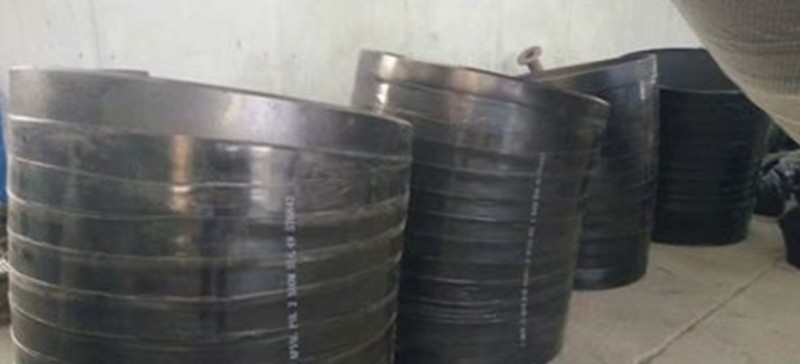In addition to knowing how to prevent bubbles in the heat shrinkable zone, we should also learn how to eliminate existing bubbles. Otherwise, if there are bubbles in the anti-corrosion material, the anti-corrosion effect of the material will be seriously affected. Therefore, the following Zhongrun Sanyuan series will teach you how to effectively eliminate bubbles in anti-corrosion materials.
1. After the construction tempering is completed, ensure the full melting of the adhesive layer of the heat shrinkable belt. When bubbles appear, use the pressure roller to press the position behind the bubbles on the surface of the heat shrinkable belt, and gradually drive the bubbles out from both sides. When rolling, pay attention to the force and technique used. Do not apply too much force, resulting in too thin local adhesive layer, bubble dispersion, etc. If the anticorrosion has cooled and hardened, it needs to be reheated. After the adhesive layer is fully softened, we will continue to drive away bubbles.
2. During construction, bubbles can be avoided as much as possible. Three pairs of wood liners are padded on both ends to make the reserved amount up, down, left and right roughly the same. Use medium fire to move evenly from the middle to both sides along the ring for heating. Shrink the heat shrinkable belt evenly from top to bottom to avoid bubbles and folds.
3. Inevitably, more or less bubbles are often mixed in the anti-corrosion coating. Bubbles in the anti-corrosion coating will affect the adhesion of the product, which directly affects the detection of peel strength. After the construction is completed, there will be a process of catching bubbles.
Therefore, when winding the heat shrinkable tape, you find that there are bubbles in the material, which can be eliminated according to the methods taught in the above small series. However, it should be noted that when removing bubbles from anti-corrosion materials, we must standardize our own operation methods, otherwise it is likely to cause damage to anti-corrosion materials.




